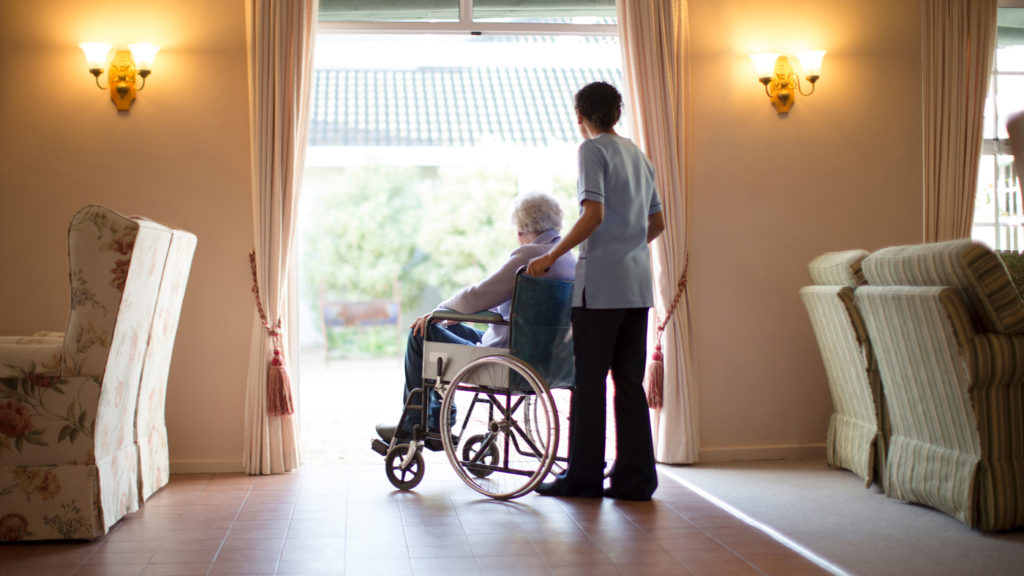The Horror of Nursing Homes

If the pandemic does one thing, I hope it is create a real national conversation on the the problems with how we take care of the elderly. Unloved, unwanted, old and in the way is too often the way we treat our elderly family members. And then of course there’s older people without family members. The pandemic ripped through nursing homes in the early months. Arguably, the isolation the elderly were put through in the aftermath was even worse. I don’t know, if I was 87 and not very healthy, I might prefer to die seeing my grandchildren than live an entire year without seeing or speaking to anyone. That’s akin to solitary confinement in prison. There are all sorts of problems–a culture that sees the elderly as a problem, a care system with disastrous labor conditions that helped spread the virus like wildfire as workers moved from home to home to make ends meet, a federal government that hasn’t taken these problems seriously enough. Then of course there is our rapidly aging population, meaning that these problems are likely to get all the more acute as I age. Good times ahead.
Michelle Cottle has a Times column about this:
American nursing homes are creatures of the last century. They sprang up in the 1930s as a gentler alternative to poor houses and later proliferated thanks to various government programs. As the name suggests, they take a highly medicalized approach to aging, and, by design, are reminiscent of hospitals.
Improvements in home-based care, including telemedicine, are enabling more people to remain at home longer. Assisted living and continuing-care communities are springing up, offering elaborate care, especially for more affluent seniors. This leaves traditional nursing homes as the province of the poorest and sickest — those with few other options.
Complicating matters is the bifurcated population and how the bills get paid. On one side are short-term residents, who usually arrive after a hospital stay. On the other side are long-haulers needing custodial care, mostly seniors and the severely disabled. Most short stays in nursing homes are paid for by Medicare, which reimburses facilities at a much higher level than Medicaid, which covers extended-stay residents.
Nursing homes have long relied on their Medicare cohort to subsidize their Medicaid population. This dynamic is being disrupted as more people receive post-acute care elsewhere. With people living longer and requiring more advanced services, the costs of long-term stays are going up.
Worse, many older facilities need extensive, and expensive, capital improvements. Well before the current labor crunch, the industry was plagued by staff shortages and high turnover — a byproduct of demanding, poorly compensated work. (The average hourly wage for nursing assistants hovers around $14.)
We need serious policy proposals here. This is pretty far out of my area of expertise. But I do know enough to know that we need to think about it. What should we do? We start by paying workers far more.


